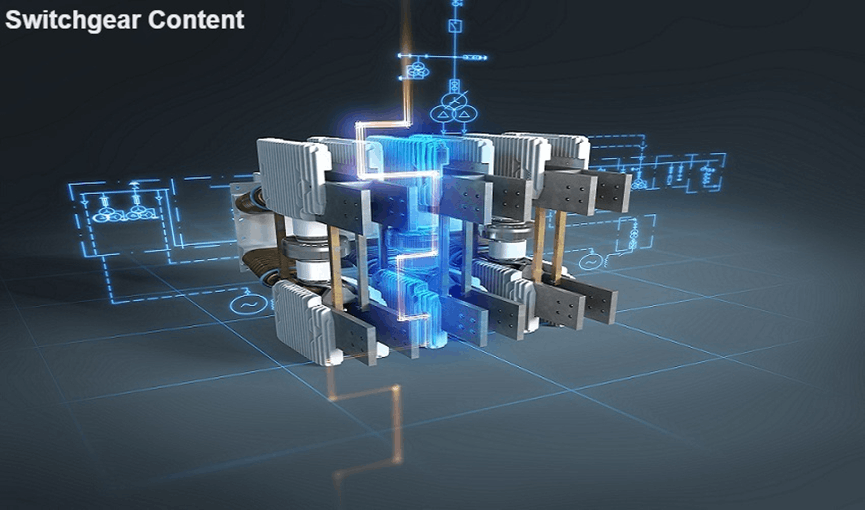
Generator Circuit Breakers (GCBs) are required to handle high continuous current levels over extended periods. To meet this demand, they necessitate a continuous cooling system for the conductors. This cooling mechanism ensures that the conductors can operate within a safe temperature range, preventing overheating and potential damage, thereby maintaining the reliability and efficiency of the GCBs during long - term high - current operations.
There are two main types of fault current conditions associated with GCBs:
- System - source (transformer - fed faults): These faults can be extremely severe because the full energy of the power system is involved in feeding the fault. To effectively clear such faults, GCBs must not only be tested but also be capable of interrupting high symmetrical fault currents. The magnitude of these faults can put significant stress on the GCBs, requiring them to have robust interruption capabilities.
- Generator - source (generator - fed) faults: Although generally lower in magnitude compared to system - source faults, generator - source faults are characterized by a much higher degree of asymmetry. This high asymmetry can sometimes lead to a particularly challenging condition known as “Delayed Current Zeroes”. GCBs need to be designed to handle these unique characteristics to ensure reliable fault interruption.
There are also two notable voltage - related aspects for GCBs:
- Very fast RRRV (Rate of Rise of Recovery Voltage): The resistance and stray capacitance in a generator circuit are typically much lower than those in a normal distribution circuit. As a result, the circuit has very high natural frequencies, which in turn lead to extreme Transient Recovery Voltage (TRV) with a high RRRV. GCBs must be able to withstand and operate effectively under these high - speed voltage recovery conditions.
- Out - of - phase switching: This situation can occur during normal startup procedures. Initially, the GCB is in the open position, and the generator is disconnected while the power system is operating at its normal voltage. Out - of - phase switching can pose challenges to the GCBs, and they need to be designed to handle such scenarios safely and efficiently.

